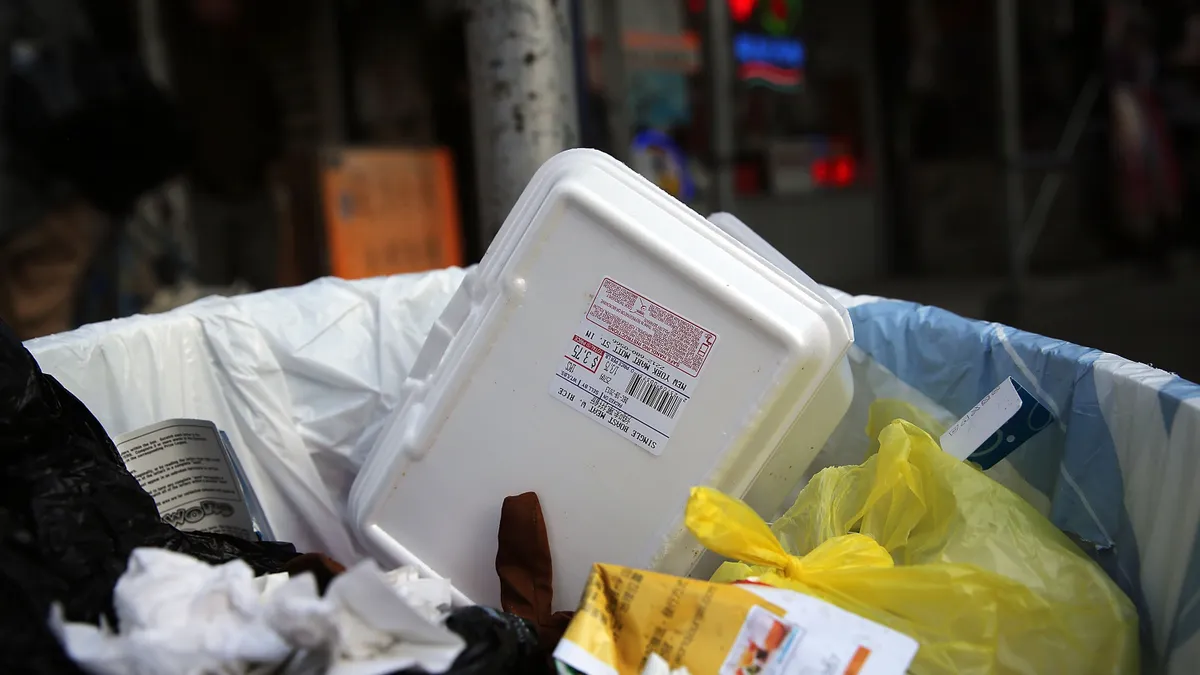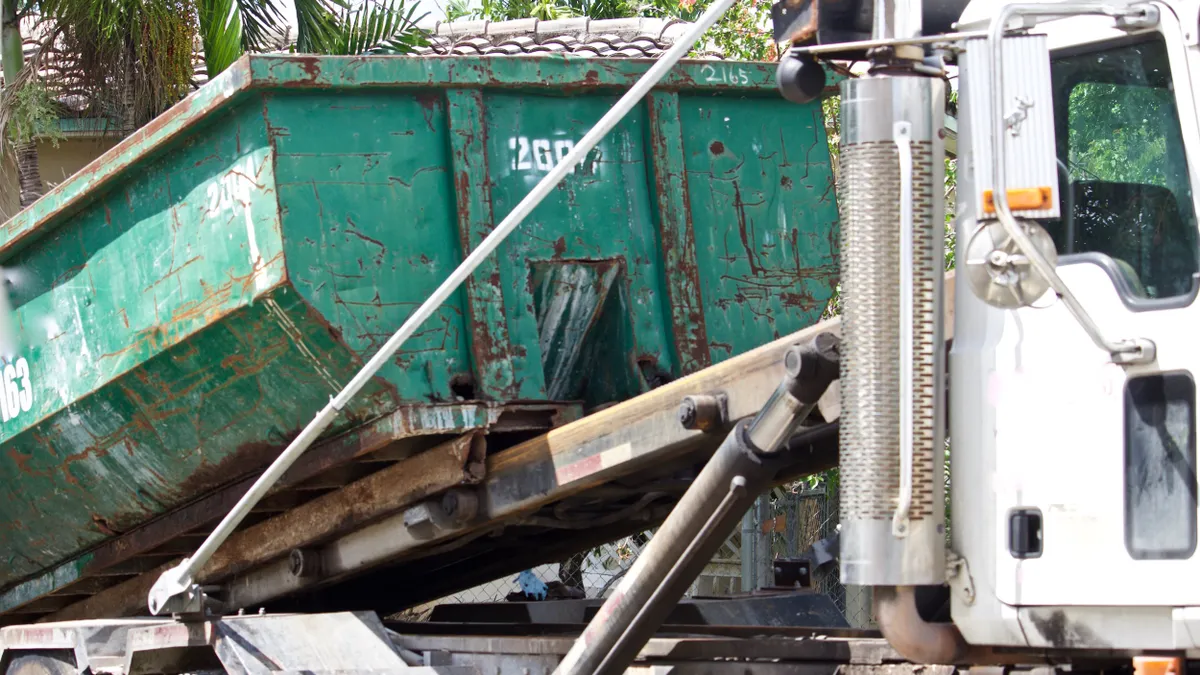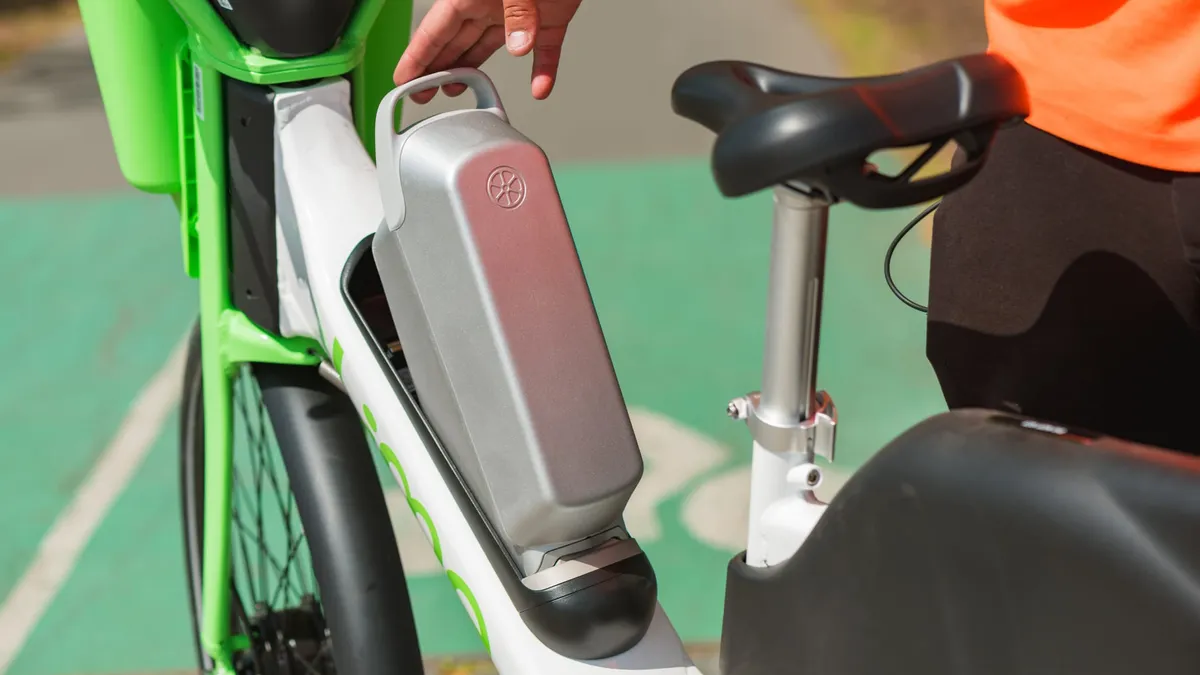Maine is hashing out details of its upcoming extended producer responsibility for packaging law, including how it plans to define two small words: readily recyclable. It’s part of a larger national debate about how to manage packaging, and recyclers are closely involved in shaping the outcome.
Maine was the first state to pass an EPR for packaging law, and stakeholders are following how its Department of Environmental Quality handles the minutiae of writing the final regulations for the country’s first program.
During a half-day stakeholder meeting on Tuesday, speakers representing MRFs, packaging producers and environmental groups weighed in on what could make an item “readily recyclable,” a term that will be a key piece of the EPR program. Municipalities must be able to provide collection and recycling services for all “readily recyclable” materials to participate in the EPR program.
Packaging producers will have to pay into a fund under Maine’s EPR law. The amount each producer pays will be based on the volume it generates, but also on how recyclable its packaging is. That fund is meant to reimburse municipalities for certain recycling and waste management costs, or the money can go to investments in recycling infrastructure or education. This model differs from EPR programs recently passed in California, Colorado and Oregon.
The definition of readily recyclable will be used to adjust producer payments from year to year, according to Maine DEP, which is meant to incentivize producers to make packaging more recyclable to lower their costs.
The half-day hearing also had discussions of how to conduct audits and frame program goals. Future discussions will delve deeper into payments, reporting criteria and public education considerations. DEP will use feedback from the Tuesday meeting, along with a series of other public meetings scheduled for the next few months, when drafting EPR rules. DEP will take the draft to the Board of Environmental Protection to start the formal rulemaking process in December 2023.
Maine’s final EPR rule must have an annual process for determining types of packaging material that are readily recyclable. During the meeting, speakers urged DEP to regularly invite stakeholders to the annual discussion.
Bob Cappadona, Casella’s vice president of resource solutions, said his company maintains its own list of what it considers recyclable. “Casella has built its business around knowing which materials are well suited for recycling,” he said.
Casella’s metrics for determining recyclability include whether the materials can be “effectively and efficiently sorted using available technologies” and whether those commodities have reliable end markets. There’s also an education component, he added. When deciding whether to add a new material or take one off the list, there can be “ongoing communication challenges” of letting the public know what to put in the bin.
Some speakers suggested that “readily recyclable” materials could mean items that are accepted in all of the state’s curbside and drop-off programs. Vanessa Berry, the Sustainable Maine outreach coordinator for the Natural Resources Council of Maine, said that definition could help streamline recycling systems and result in less consumer confusion from city to city. NRCM was a key driver of the bill.
However, others said it wouldn’t be realistic to create one list, and that strategy could lead to high-value material being left out of the definition because it might be highly recyclable in larger cities but not feasible to recycle in smaller, rural areas.
Andrew Hackman, a lobbyist speaking on behalf of Ameripen, suggested offering waivers for some municipalities that can’t collect items that are considered readily recyclable elsewhere. “The process needs to be dynamic and work with municipalities on what they can actually collect so that we set an overall footprint for what's considered readily recyclable and not apply a one-size-fits-all policy,” he said.
Abigail Sztein, director of government affairs for the American Forest & Paper Association, added that the definition “should be connected not just with whether a material can be recycled, but whether it is actually recycled.” She advocated for Maine conducting a regional needs assessment that could help shed light on how systems are currently working in the state.
Three other states have adopted EPR for packaging laws and are working through the rulemaking process. Speakers pointed to work done in Oregon, the second state to pass EPR for packaging, as an example of how to frame recyclability discussions in the rulemaking process. Oregon considers criteria such as stability and accessibility of end markets, yield loss of certain material during recycling, material compatibility with existing infrastructure and economic and environmental factors.
Some speakers also mentioned a “problematic materials” list published last year by the U.S. Plastics Pact as a document that could help orient Maine’s readily recyclable discussions. The list includes 11 items that are “not currently reusable, recyclable, or compostable at scale in the U.S.”
The Board of Environmental Protection is expected to adopt EPR rules starting in summer 2024. The state anticipates establishing the producer stewardship organization and requiring producer payments in 2026, with municipalities beginning to receive reimbursements in 2027.
Interested in more packaging news? Sign up for Packaging Dive today.























